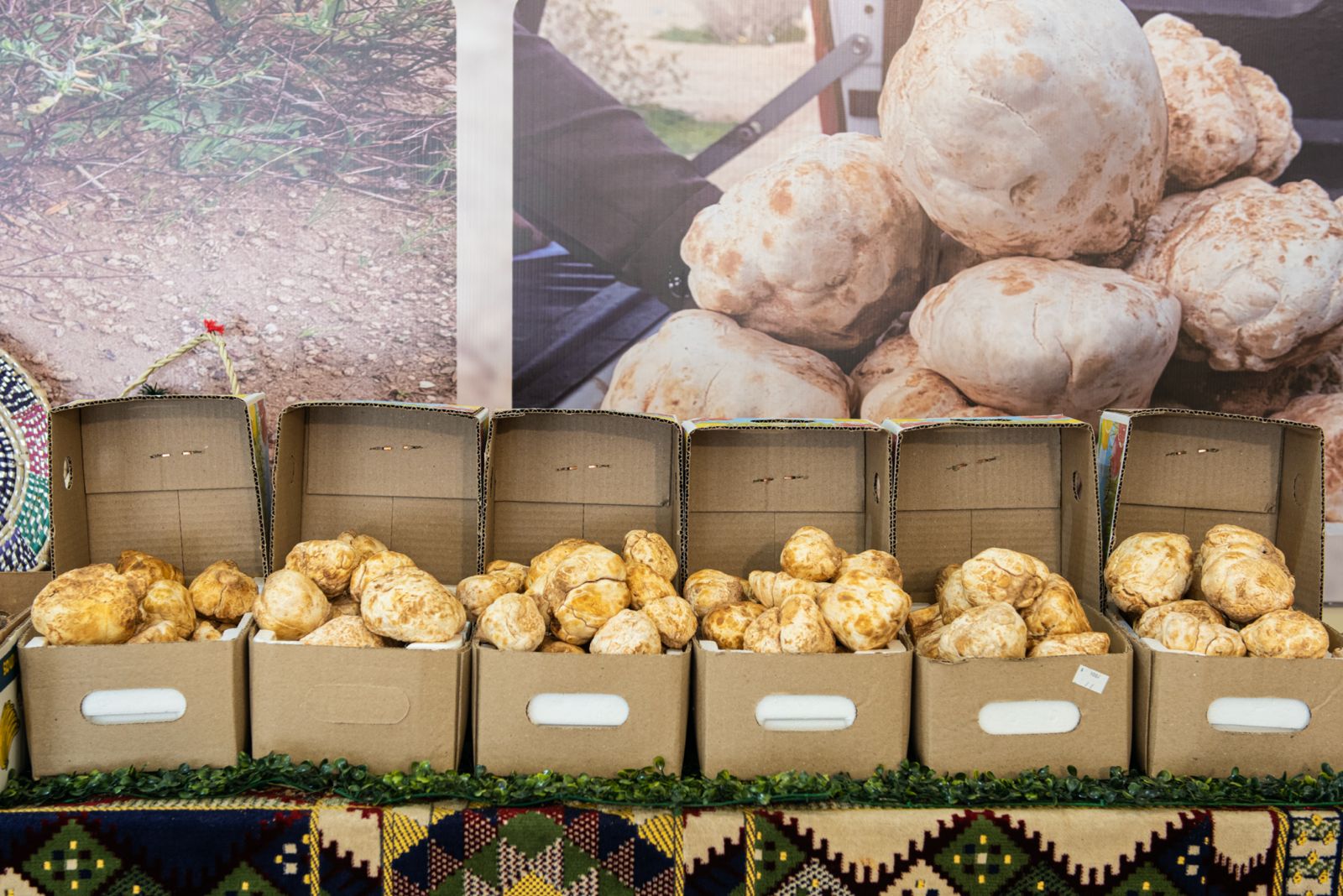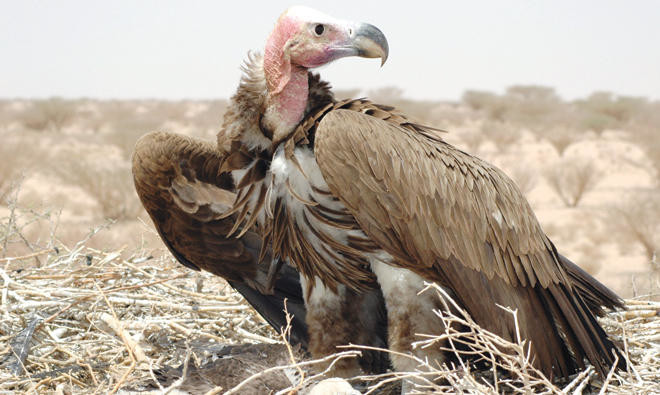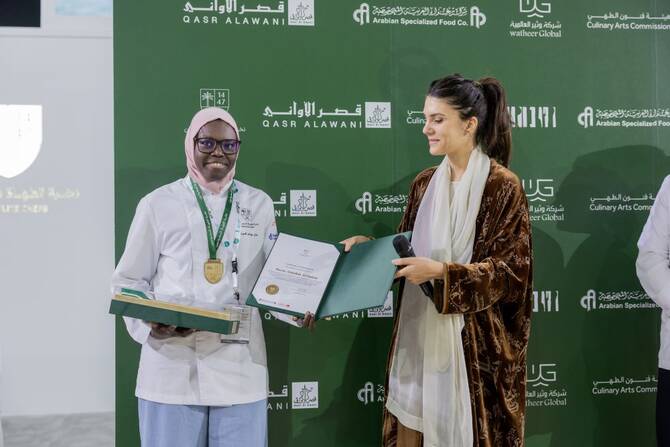By: Jacqueline Jackaman
In the arid landscapes of Saudi Arabia, a culinary treasure lies just beneath the surface, waiting for the right conditions to emerge.
Known locally as “Fagaa” or “Fagae,” Saudi truffles are a rare and prized delicacy that has captured the fascination of food enthusiasts and economic stakeholders alike.
These desert truffles are not just a culinary curiosity, they are a symbol of cultural heritage and a burgeoning economic opportunity in the region.
Fagae, also referred to as “Kama” in classical Arabic, belong to the Terfeziaceae family, a type of edible fungi that thrives in the desert’s harsh conditions.
They are found primarily in Saudi Arabia’s northern regions, including Al-Jawf, the Northern Borders, and the Eastern Province.
These truffles grow symbiotically with the roots of the Helianthemum plant, commonly known as the Sunrose, which thrives in sandy and rocky soils.
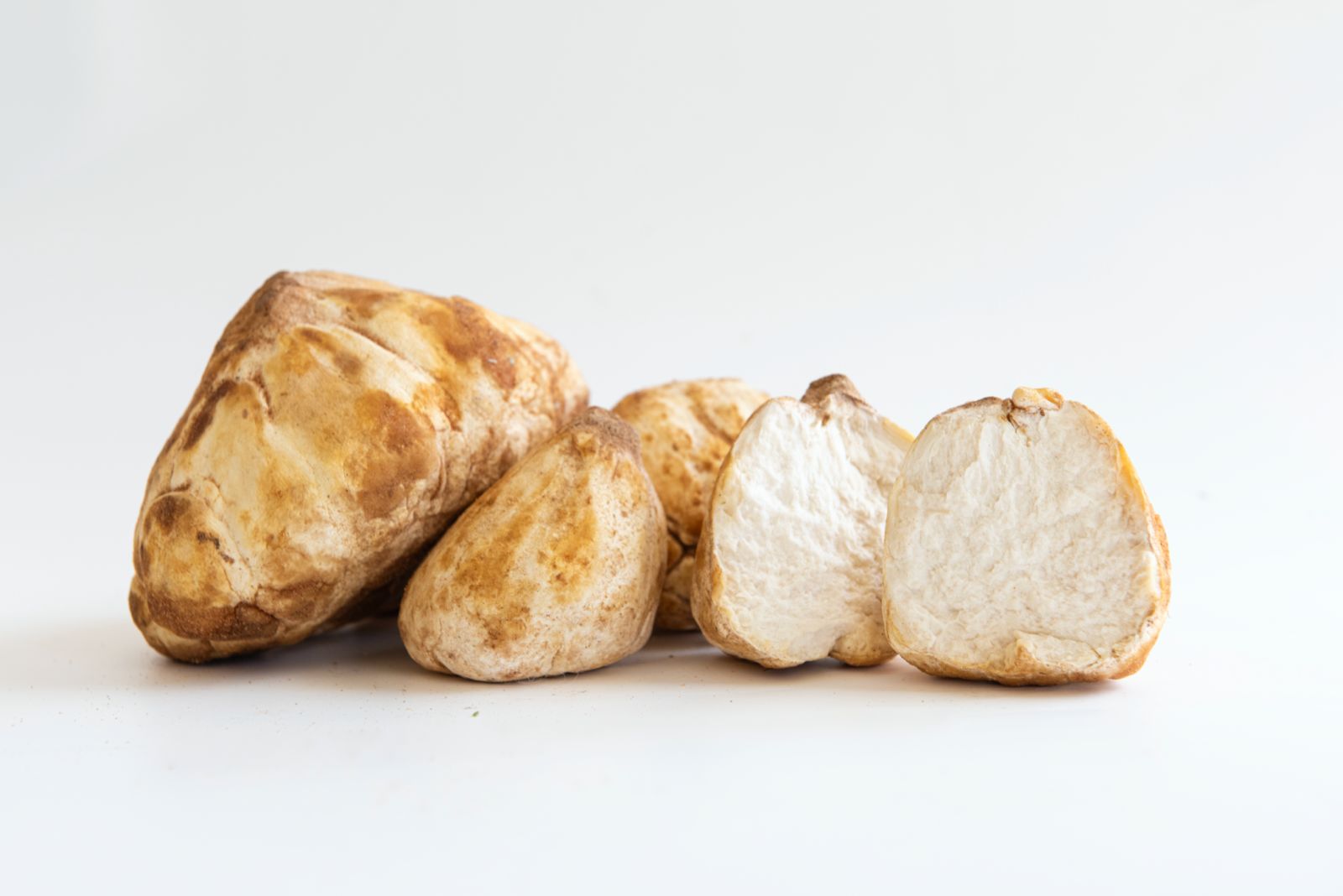
The unique climate and soil conditions of these areas, combined with seasonal rains and the effects of thunderstorms, create the perfect environment for truffle cultivation.
“Thunderstorms not only provide the necessary moisture but also release nitrogen compounds that enhance soil fertility, crucial for truffle growth.
” Noted Saleh Suleiman Alsedairy, a truffle merchant and specialist who has been in the business for 30 years.
The history of desert truffles in Saudi Arabia dates back centuries.
They have been an integral part of the Arabian culinary tradition and are often mentioned in classical Arabic literature.
The truffles are typically harvested after the rainy season when the soil is moist, and the fungi are ripe for picking.
Traditionally, Bedouins and local farmers would scour the desert sands for signs of these hidden gems, relying on their knowledge of the land to guide them.
Saleh recalls learning the trade from his father.
“My father used to work with fruits and vegetables and came to work with Fagae after the interest of people wanting to cook it.
It became my passion from a very young age to learn about its qualities, its types, and its taste. Going out into the desert and discovering them” he shares.
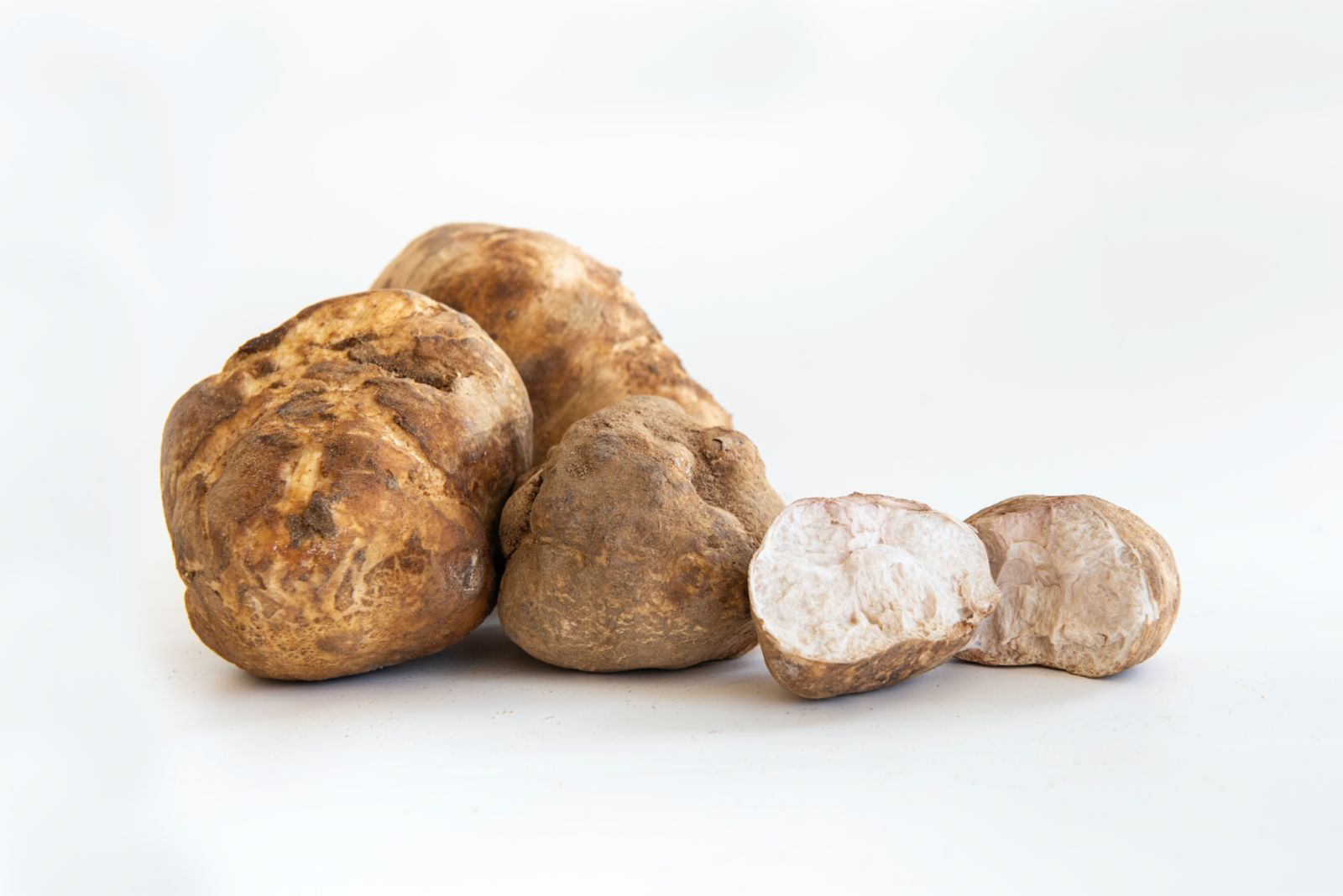
In recent years, there has been a concerted effort to study and cultivate desert truffles more systematically.
Researchers are examining the soil conditions and microbial interactions that facilitate truffle growth, with the aim of optimizing cultivation techniques.
This scientific exploration not only promises to enhance truffle yields but also holds potential environmental benefits.
Truffle cultivation can contribute to soil health and biodiversity, offering a sustainable agricultural practice in arid regions.
“The sustainability of truffle farming is something we are only beginning to understand, which is good for us in the Truffle industry.
But nothing compares to a Fagae that has grown naturally, nurtured solely by the forces of nature,” Saleh adds.
The economic impact
The economic impact of Saudi truffles is growing as their popularity spreads beyond the region.
The truffle season, which lasts from late winter to early spring, sees local markets bustling with activity as traders and consumers alike seek out these prized fungi.
Prices range between 150 to 300 SR per kilo and can reach up to 1000 SR per kilo, depending on the truffles’ quality and rarity.
This economic boom has prompted many local communities to explore truffle hunting as both a recreational activity and a business opportunity.
“I realized our Saudi truffle is of great standard in quality and taste,” Saleh notes, underscoring the global potential of these desert delicacies.
“During one of my trips, I met someone who exports truffles, and that got me interested in the business. About three years ago, I started exporting Zubeidi Rjawi truffles to countries like Italy, France, and England”, Saleh further adds.
The flavor of Fagae truffles varies greatly, shaped by the desert’s sandy environment, which imparts a distinctive blend of earthy and aromatic characteristics.
Among the varieties, three stand out for their unique flavors and features: Zubaidi Rjawi, Zubeidi Ash-Hab, and Khlasi.
Zubeidi Rjawi, a notable white truffle, is distinguished by its smooth, pale exterior and creamy color, offering a mild, nutty taste with a gentle, earthy hint.
Its potent aroma sets it apart from other types, while its sensitivity to temperature and handling suggests it is best consumed fresh or dried.
Unlike the dense black truffles of Europe, it has a softer, spongy texture. This variety is easy to clean and doesn’t require peeling.
They thrive in northern deserts like Arar and Hafar Al-Batin, where they appear on the surface, making them easier to locate.
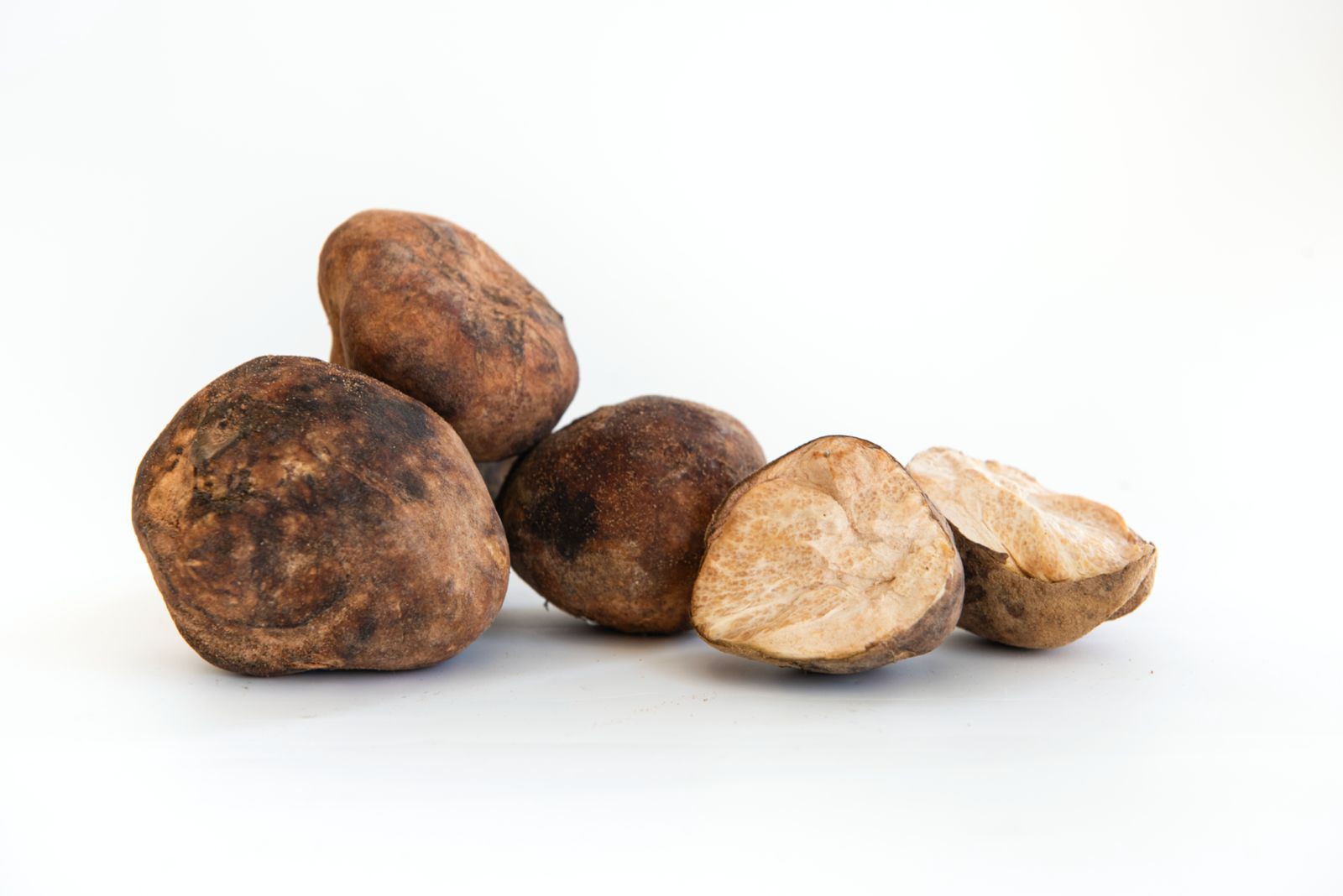
Zubeidi Ash-Hab, known for its brownish-gray color, has a firmer texture than Zubeidi Rjawi and takes longer to cook.
While its aroma is milder, it shares the nutty, earthy flavors of its relative. Despite its firmness, it retains some sponginess.
Found in the northern deserts, particularly in Rafha Governorate and Arar, these truffles are accessible on the surface, allowing truffle hunters to find them with ease.
Khlasi, often called the “Black Desert Truffle,” is notable for its striking red-brown color.
Its rough skin tends to trap more sand, requiring peeling before consumption.
Inside, the pinkish-ivory flesh contrasts sharply with its dark exterior.
Firmer than the Zubeidi varieties, Khlasi has a touch of sponginess, needing a longer cooking time and offering a subtle aroma.
They are unique in their ability to be preserved by freezing for up to two years. Typically found in the northern deserts, these truffles are elusive, often buried 5 to 15 centimeters underground, with surface cracks occasionally revealing their hidden location.
The truffles’ earthy flavor and delicate aroma add a unique dimension to culinary creations.
Chef Yasser Jad, the president of the Saudi Arabian Chefs Association, emphasizes the importance of Fagae in Saudi culinary heritage.
He remarks, “Desert truffles are not just an ingredient; they symbolize our connection to the land and our traditions.
Incorporating fagae into our cooking is a way of honoring our past while exploring new culinary horizons.” These famed fungi are a key ingredient in traditional dishes such as Kabsa, a spiced meat and rice dish enjoyed in Saudi Arabia.
In addition to Kabsa, truffles find their way into hearty soups and stews, where they blend harmoniously with the warm spices and fresh herbs that characterize local cooking.
Another classic is Fagae Bil Lahem, where truffles and lamb are slow-cooked together to create a rich and flavorful stew.
“A favored technique involves grilling these truffles, typically seasoning them with a pinch of salt and a bit of ghee or goat butter to tenderize their texture and amplify their rich taste,” added Chef Yasser.
Beyond their culinary uses, desert truffles have been attributed medicinal properties.
Historically, truffle water has been used as a remedy for eye ailments, a practice rooted in sayings attributed to the Prophet Muhammad.
The health benefits of Saudi truffles are also a subject of interest. Rich in nutrients such as proteins, carbohydrates, and essential minerals, these truffles have been found to possess antioxidant, antimicrobial, and anti-inflammatory properties.
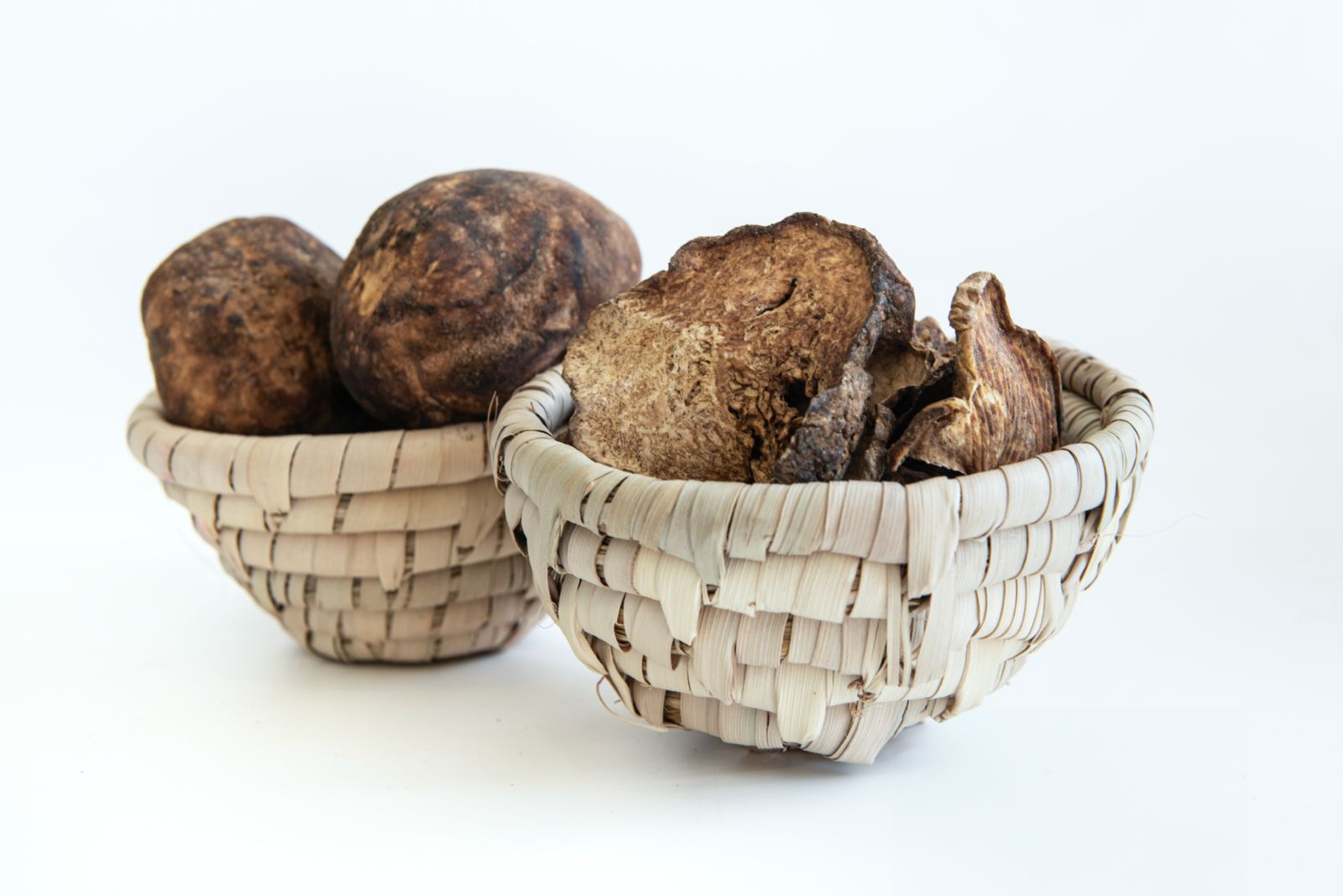
Such attributes make them a valuable component of a balanced diet and a potential functional food for promoting health and preventing disease.
With a history as rich as its flavor profile, the desert truffle is a fascinating emblem of culinary tradition and modern innovation.
As global interest in these desert delicacies flourishes, they not only highlight the ingenuity of those who cultivate and appreciate them but also symbolize a cultural heritage deeply rooted in the Arabian Peninsula.
These truffles are a testament to the resilience of a people who have adapted to the harsh conditions of the desert, turning a challenging environment into a source of gastronomic delight.
The narrative of Saudi truffles is one of continuous evolution and opportunity.
From the vast, shifting sands of the Arabian desert, these truffles emerge, offering a unique taste experience that has captured the curiosity of chefs and food enthusiasts worldwide.
As they gain prominence on the global stage, these truffles carry with them stories of perseverance and cultural richness, weaving a mosaic of tradition that is both ancient and ever-evolving.
Also Read: A Golden Legacy: Celebrating Eastern Province’s Traditional Artisanship


